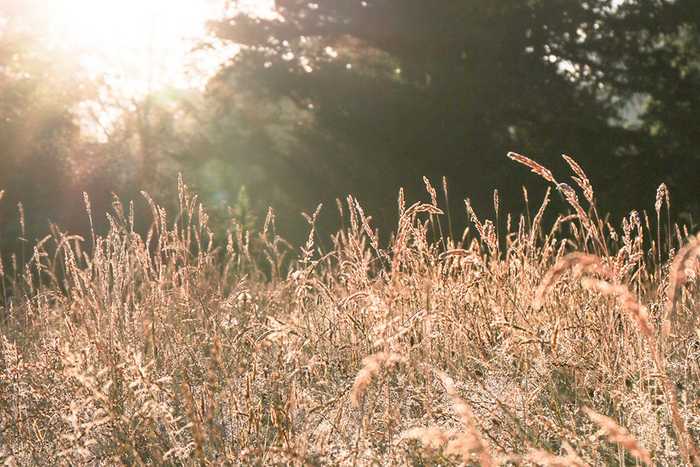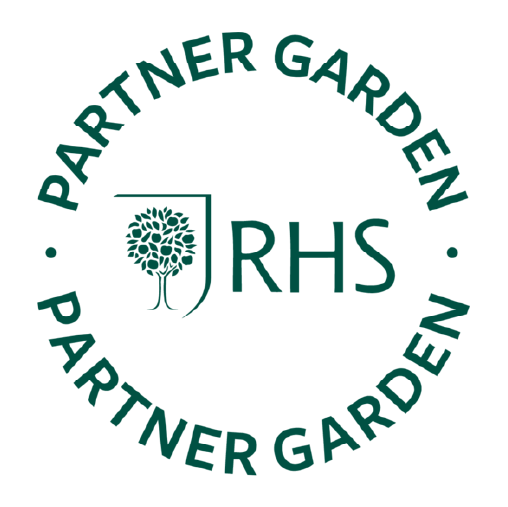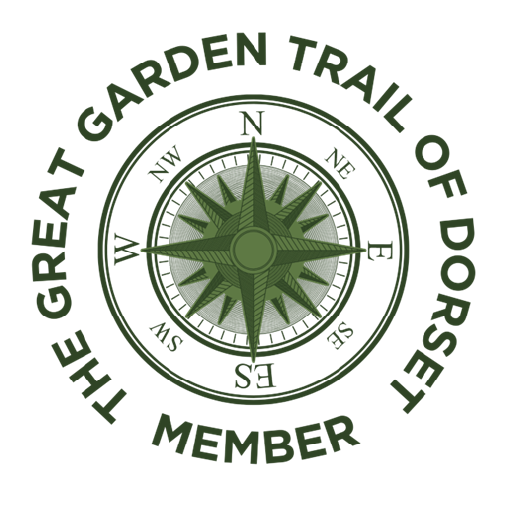Planting Design Principals Inspired By Meadows

It’s time to say goodbye to the meadows and put them to bed until next year. Their texture and form has taken many stages through the season, and by July the tufted grasses are the colour of burnt sugar with a caramel brown tinge to them. There’s black grasses, classic hay grasses, golden grasses and all those different flower forms mixed in together. Inspiring when you begin to pick out the patterns that flow and move within them.
Patterns In Nature
Understanding meadows is understanding patterns; seeing patterns and scatterings within the meadow scape and recreating them in a planting scheme and in your border. Replacing grasses and using taller and more ornamental substitutes, but essentially mimicking the patterns and colour schemes that you’ll find in the wild.
Design Principles
Meadows continue to hold an enduring appeal for head gardener Joshua Sparkes, whose garden design principles have been strongly swayed by two principal philosophies derived from native meadows. One is the jewel box or the story telling approach to design. The meadow as well as a planting border should have at least three stages to it, a story that slowly evolves with each turn of the page. From a distance it should be one scheme, but as you begin to get closer, you see something else and the diversity begins to build. When you’re at the edge of the border the diversity opens up even further. Much like turning the pages in a book, the story has many parts. The second philosophy Josh derives from a meadow scape is what he calls ‘The Peacock’. The showy, vibrant plants that want to be seen. Here at Forde Abbey, we’ve used Verbascum olympicum as the peacock in our story, rising out of the ammi like earthing rods holding the floatiness together and bringing it back down to earth. The anchor points are the peacocks in a story book of many parts, the fuller picture being slowly revealed in stages.
The Emergence Of Horticultural Meadows
It all stems from the natural patterns found in meadows which have guided Joshua’s philosophy in planting. Traditionally agricultural at heart, horticulture has reignited the meadow movement and what we’re seeing now is horticultural meadows that are very different to agricultural meadows. Agricultural meadows serve a purpose. They have to be cut and the grass used to feed animals.Tradition dictates that when the hay rattle sets seeds it’s time to mow. Typically in mid July on a hot day. But if we leave it a little longer we get knapweed meadows (they don’t set seed until September), we get common spotted orchid meadows in greater density, as they don’t set seed until mid August as well.
Increasing Meadow Diversity
The annual charity Summer fair has traditionally dictated our timescale for mowing, but to increase the diversity of the meadows here at Forde Abbey we’re going to cut at two different times this year; in July when the green winged orchids, the yellow rattle and the grasses have set seed, and in other patches, from mid August to September when the knapweed and common spotted orchids will have set seed. The hope is that by allowing these smaller areas a longer window to set seed, we’ll start to get these species transitioning in, flowing from one area to the next.
Part Two to follow: the mowing on an ecological basis. Instead of cutting a whole meadow all at once, how you can patchwork manage your meadow so it benefits both you, the wildflowers, the insects and the wildlife that shares it.
Follow us on instagram to find out more.
Posted on July 8th 2019




